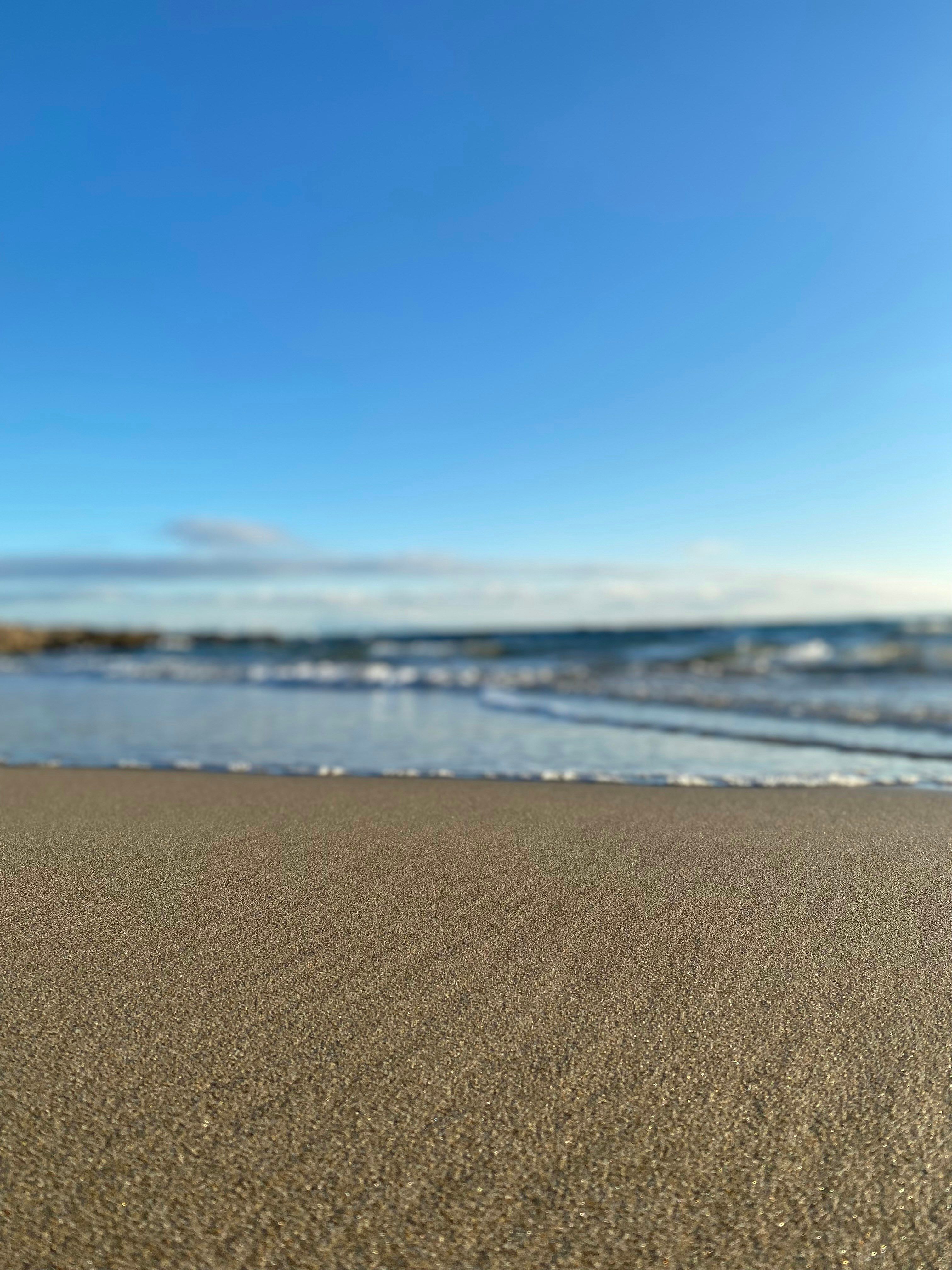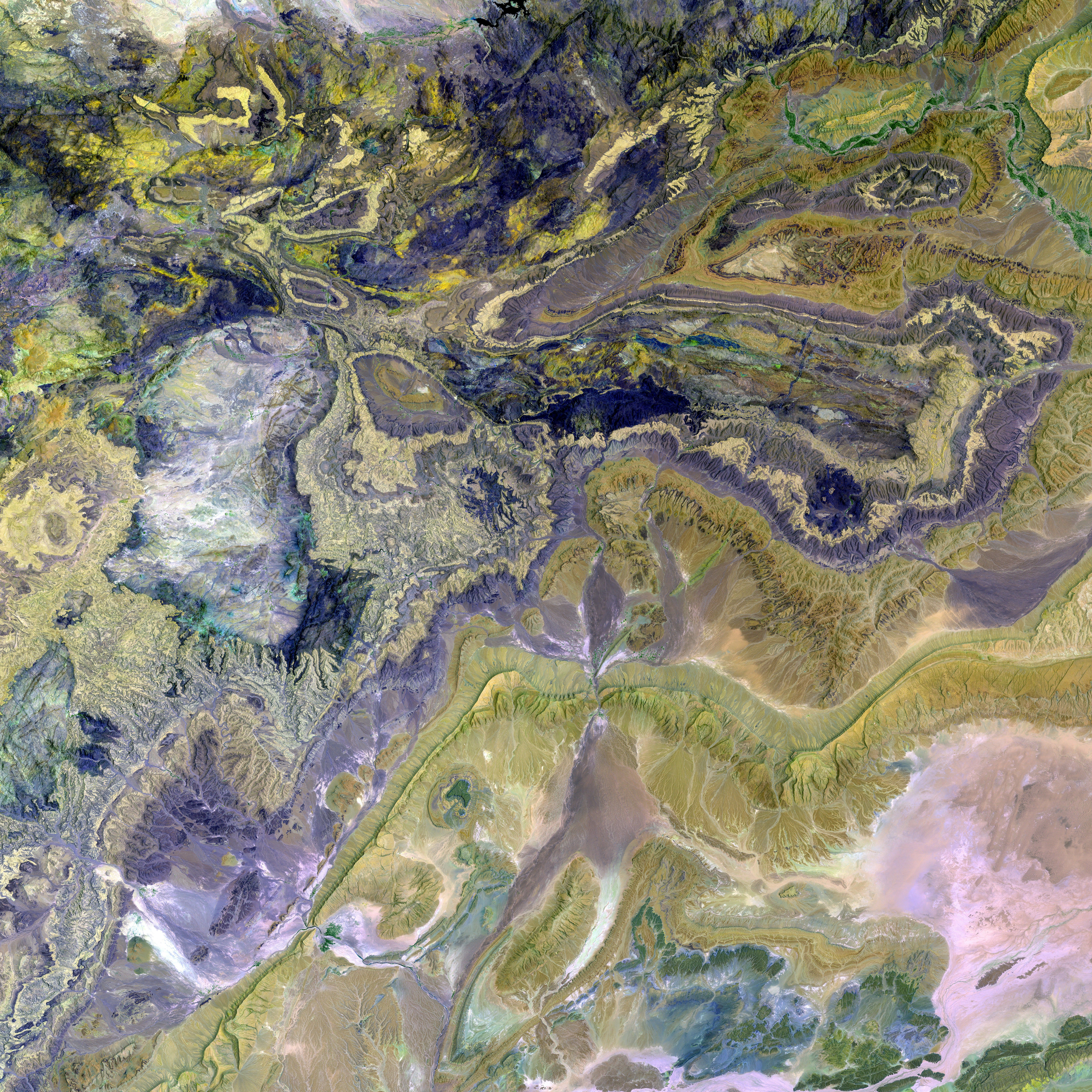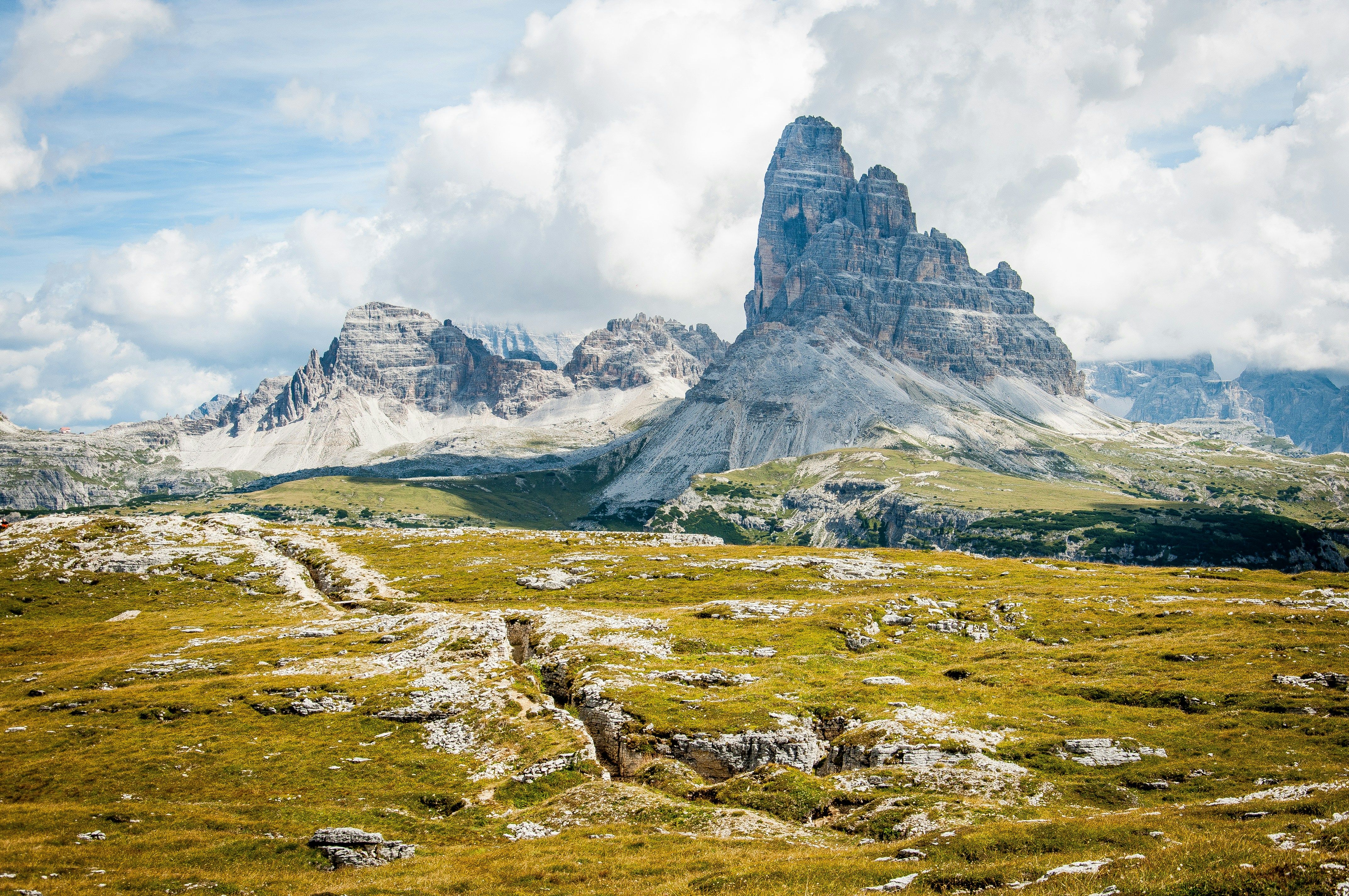Resting Stance for a Young Individual, Often Used in Yoga Practices
Child's Pose, often referred to as Balasana in Sanskrit, is a fundamental and highly beneficial restorative yoga posture. This pose, widely used for relaxation and as a gentle transition between poses, offers numerous benefits such as relaxation, body stretching, and relief from back pain.
Originating from traditional yoga practices in ancient India, Child's Pose is often employed at the beginning or end of a yoga session, or in between more complex postures. Its simplicity and accessibility make it a versatile choice for people of all ages and abilities.
The restorative benefits of Child's Pose stem from its ability to activate the parasympathetic nervous system, which helps manage stress, provide chronic pain relief, and improve sleep function. A study conducted on 100 medical students showed improvement in lower blood pressure and resting heart rates after participants practiced balasana for five minutes every day for 90 days. Additionally, Child's Pose helps to relieve muscle tension, providing a full-body stretch that eases pressure in areas such as the lower back, pelvis, thighs, hips, ankles, shoulders, and spine.
By extending the arms and focusing on deep breathing, the pose can help calm anxiety, overthinking, self-doubt, and intrusive thoughts, making it an effective part of a meditative practice. It also stimulates digestion due to the light compression that occurs when the stomach is folded over the thighs.
To perform Child's Pose, start in a kneeling position with the tops of your feet pressed into the mat. Touch your big toes together and keep your knees hip-width apart. As you exhale, slowly bend forward to bring your forehead toward the floor, allowing your chest and belly to drop toward your thighs. For a deeper stretch, relax your arms at your sides, keeping your palms upward and reaching toward your heels. Alternatively, extend your arms out in front of you with your palms facing downward for a deeper shoulder and upper body stretch.
If performing the pose on the floor is challenging, there are seated and standing variations available. These modifications provide a viable option for those with limited mobility.
Child's Pose is a versatile, beneficial, and accessible yoga pose that can be incorporated into a consistent yoga practice for increased flexibility and strengthened mind-body connection. Practice it first thing in the morning or the evening as a means of relaxation, especially before bed. By incorporating Child's Pose into your routine, you can develop a strong understanding of your body, manage stress effectively, and find harmony between mind and body.
This versatile and accessible yoga pose, Child's Pose, not only offers relief from physical discomfort such as back pain and muscle tension, but also contributes to mental health by calming anxiety, overthinking, and intrusive thoughts. By incorporating it into daily health-and-wellness routines, alongside fitness-and-exercise and mindfulness practices, one can promote overall improvement in mental health, sleep function, stress management, and mind-body connection.







